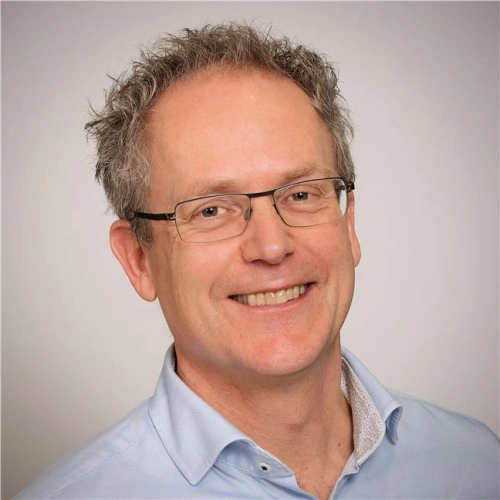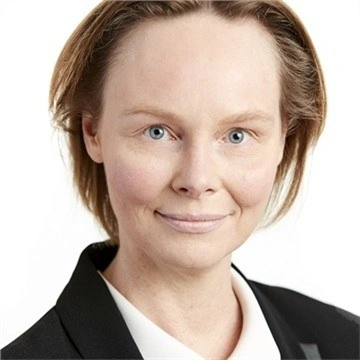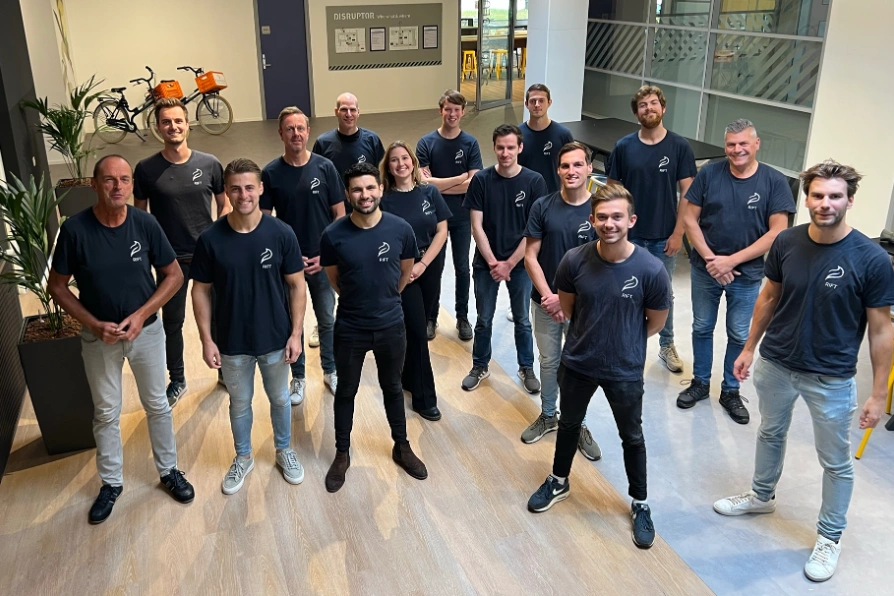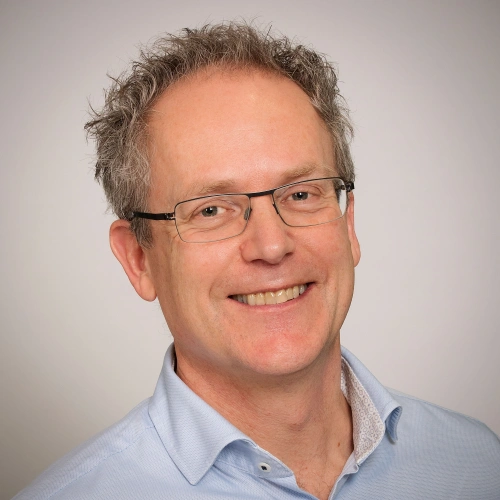The Eindhoven-based company RIFT has a promising solution, which can be further developed with the support of BOM.
More than 40 percent of global CO₂ emissions come from energy-intensive industries, such as companies in district heating, industrial processes, and power plants. The heat these companies need is currently generated by burning fossil fuels. Electrification and hydrogen are not realistic alternatives for their processes, as the necessary infrastructure is not available in 80 percent of cases, and will not be in the short term, for example due to technical and financial obstacles.
Visiting RIFT
Learn more?


Iron Fuel Technology
RIFT's Iron Fuel Technology is a new clean technology for providing heat to neighborhoods, industrial processes, and power plants. It allows these sectors to significantly reduce gas consumption and take the next step in the energy transition.
The technology works by rusting and derusting iron in a controlled environment. By burning iron fuel (iron powder), energy is generated in the form of sustainable heat (steam or hot water). The rust that remains is converted back into iron powder with sustainable hydrogen, completing the sustainable loop. The Iron Fuel Technology is safe, compact, and as inexpensive or cheaper than other clean technologies such as geothermal energy, hydrogen, and biogas – technologies that contribute to a cleaner environment and/or provide energy savings.
Reduced nitrogen emissions
In addition to the CO₂-free nature of the technology, it also ensures that less nitrogen is released than with fossil fuels. This is not only better for the environment, but it also allows companies and regions to have more nitrogen space that they can use for other activities.
First major test
The effectiveness of the technology was demonstrated in a major test in the spring of 2023. RIFT heated five hundred homes in Helmond with the Iron Fuel Technology, where a heat boiler generated heat through the combustion of iron powder instead of natural gas. As a result, no CO₂ was released when the residents turned on the heating or took a shower. The test lasted a total of 40 hours. During this time, 5 tons less CO₂ and 66 percent less nitrogen were emitted than usual. RIFT's technology was connected to the houses in Helmond through the energy supplier Ennatuurlijk's heat network.
BOM support
In 2022, RIFT raised 2 million euros in a first investment round, allowing the company to further develop its test systems and grow its team. This capital injection from Rubio Impact Ventures, Brabantse Ontwikkelings Maatschappij, and the Energietransitiefonds Rotterdam followed shortly after the announcement that the Breakthrough Energy climate fund, founded by Bill Gates, is investing in the company.
Venture building and pilot program
But BOM does more than financing. The support also includes venture building and setting up a pilot program with potential customers. “We helped RIFT from the start with outlining the strategy and financing. Through our Investor Readiness Program we prepared RIFT for a funding application. Together we researched what the first market segment should be, which industries RIFT would focus on, and which problem the technology solves,” says Marc de Haas, Venture Developer at BOM. “After the investment in the development phase, we helped the RIFT team continue to grow and assisted in organizing and financing energy projects with industrial parties.”
1 gigaton CO₂ reduction
With the successful completion of the test in Helmond, RIFT took the next step towards commercializing the technology. RIFT's goal is to reduce CO₂ emissions by 1 gigaton per year from 2050. This corresponds to seven times the amount that the Netherlands currently emits annually.
This is what BOM contributed to the RIFT case
Developing
- Guidance in outlining the strategy and financing
- Preparation for a funding application (with the help of the Investor Readiness Program)
- Determining the first market segment & industries
- Establishing problem/solution fit
Investing
- Investment in the first financing round to further develop test systems and team

